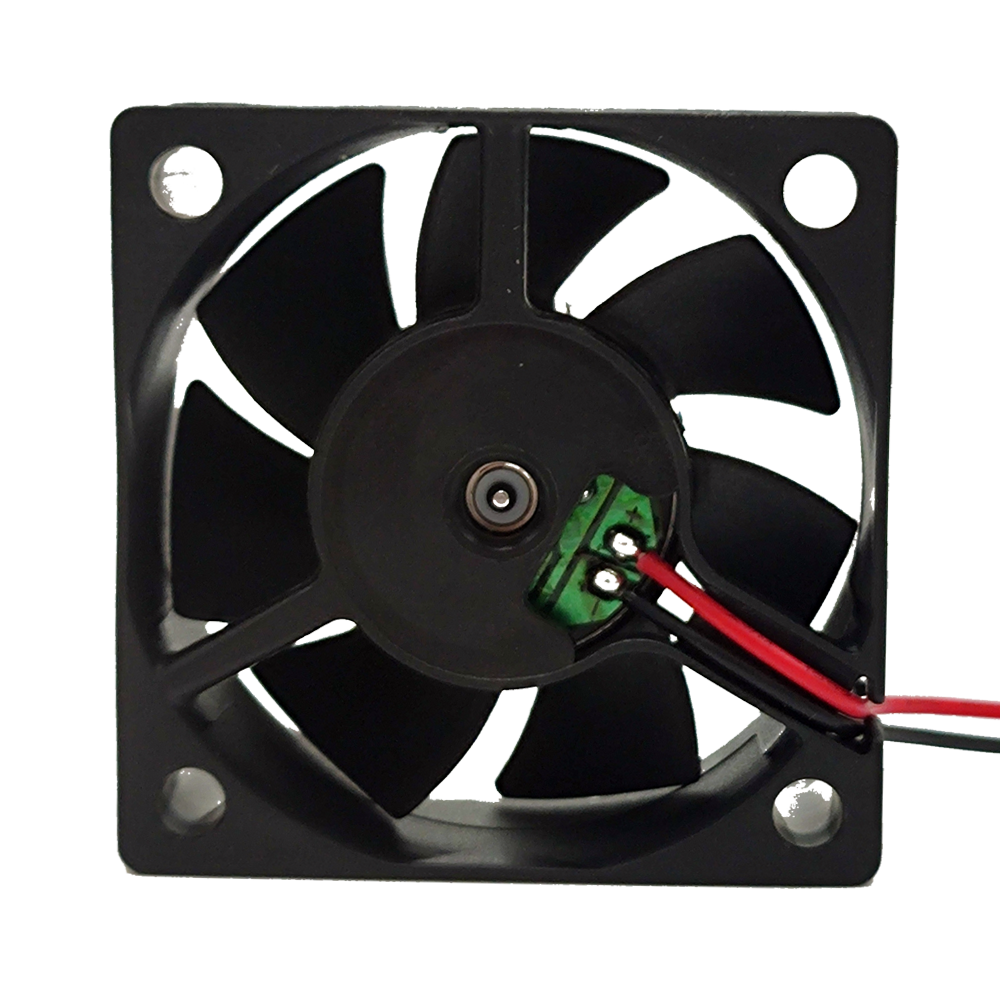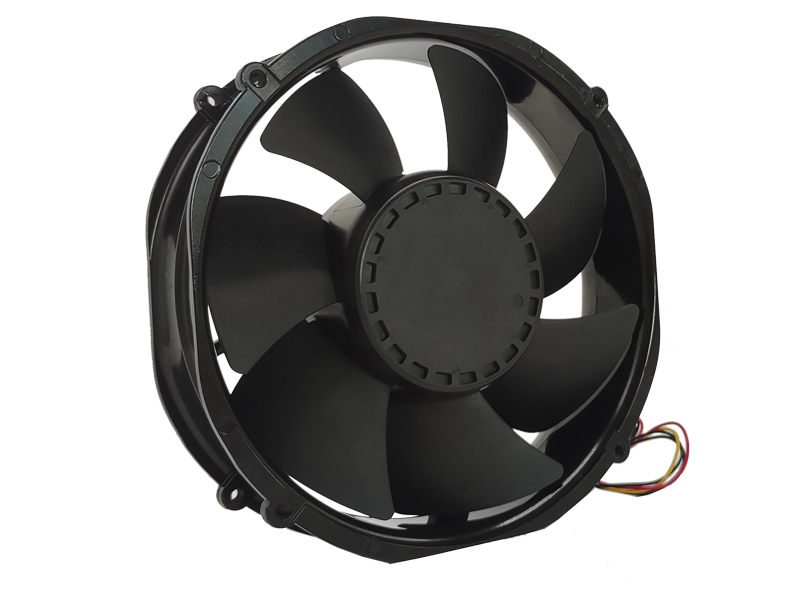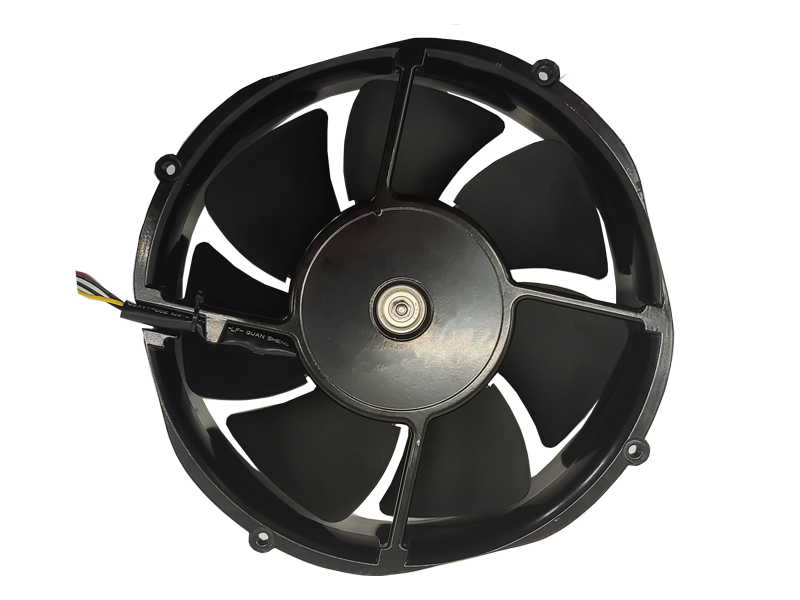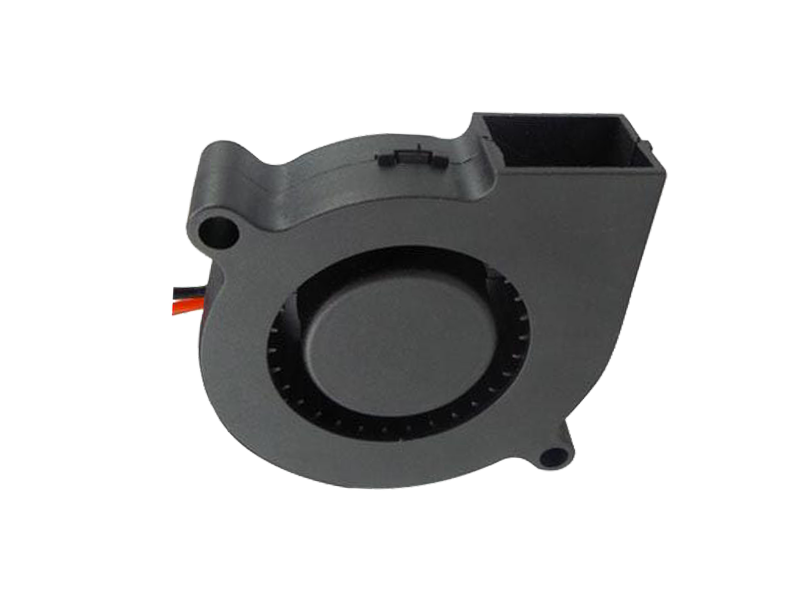Cooling fans are essential components in various technological and industrial applications, playing a critical role in maintaining optimal operating temperatures for equipment and machinery. The integration of smart regulation technologies has revolutionized the way cooling fans operate, enabling precise control, energy efficiency, and enhanced performance. This article delves into the realm of smart regulation technologies for cooling fans, exploring their impact on energy efficiency, operational intelligence, and overall system optimization.
Advanced Sensor Integration
Smart regulation technologies for cooling fans often involve the integration of advanced sensors that enable real-time monitoring of environmental and operational conditions. These sensors can detect changes in temperature, humidity, and airflow, providing valuable data for dynamic fan speed adjustments. By continuously assessing the thermal needs of the system, smart fans equipped with advanced sensors optimize their performance, ensuring efficient heat dissipation while minimizing energy consumption.
Adaptive Speed Control and Dynamic Adjustments
One of the key features of smart regulation technologies is the ability to dynamically adjust fan speed based on real-time requirements. Through sophisticated control algorithms and feedback mechanisms, smart fans can modulate their speed to match the immediate cooling needs of the system. This adaptive speed control not only enhances energy efficiency by avoiding unnecessary fan operation at high speeds but also prolongs the lifespan of the fan components, reducing maintenance and replacement costs.
Data-Driven Performance Optimization
The integration of smart regulation technologies allows cooling fans to leverage data analytics and machine learning algorithms for performance optimization. By analyzing historical operational data and environmental trends, smart fans can anticipate thermal load variations and proactively adjust their settings to maintain optimal operating conditions. This data-driven approach not only enhances energy efficiency but also contributes to the overall reliability and longevity of the cooling system.
Remote Monitoring and Control Capabilities
Smart regulation technologies empower cooling fans with remote monitoring and control capabilities, enabling operators to oversee fan performance and make adjustments from a centralized interface. This remote accessibility facilitates proactive maintenance, troubleshooting, and performance fine-tuning without the need for physical intervention. Furthermore, remote monitoring enables swift response to operational anomalies, ensuring uninterrupted cooling and system integrity.

Integration with Building Automation Systems
In commercial and industrial settings, smart regulation technologies enable seamless integration with building automation systems (BAS). By interfacing with BAS platforms, cooling fans can synchronize their operation with broader facility management strategies, such as demand-based ventilation, occupancy sensing, and energy management protocols. This integration optimizes the overall energy consumption of the building while maintaining a comfortable and productive environment.
Energy Efficiency and Environmental Impact
The adoption of smart regulation technologies for cooling fans directly contributes to energy efficiency and environmental sustainability. By precisely regulating fan speed and airflow, these technologies minimize energy consumption while meeting the thermal management needs of the system. The reduced energy usage not only leads to cost savings but also aligns with environmental conservation efforts, lowering carbon emissions and ecological footprint associated with cooling operations.
Conclusion
In conclusion, smart regulation technologies represent a paradigm shift in the realm of cooling fan operations, offering unprecedented levels of precision, intelligence, and energy efficiency. By leveraging advanced sensors, adaptive speed control, data-driven optimization, and remote monitoring capabilities, these technologies elevate the performance of cooling fans while promoting sustainable and resource-efficient practices. As industries and technology sectors continue to prioritize energy efficiency and operational intelligence, the role of smart regulation technologies in shaping the future of cooling fan systems becomes increasingly pivotal, driving innovation and sustainability across diverse applications.
Recommended Products

The main purpose:Car charging station

The main purpose:Car charging station

The main purpose:Electronic refrigerators, water dispensers, direct drinking machines, inverter power supplies
Address:No. 4137, Longgang Avenue (Henggang Section), Henggang Community, Henggang Street, Longgang District, Shenzhen
hotline:13530005572(Chen)15112579390(Li)


Welcome all friends to come for consultation and negotiation.
Copyright 2024 @ Shenzhen Youneng Xinyuan Electronics Co., Ltd.,(industrial fans,industrial blowers,axial fans,cooling fans manufacturer,centrifugal fans,ac cooling fans,dc cooling fans)